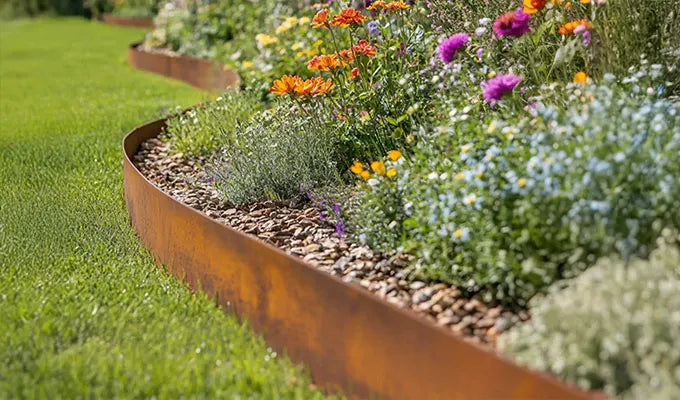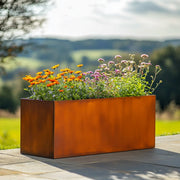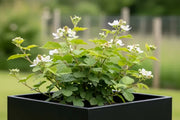The Sweetgum Tree: Beauty, Bother, and Benefits
Often mistaken for a maple at first glance, the Sweetgum tree, or Liquidambar styraciflua, is a true showstopper in the British landscape. While native to North America, it has found a happy home here, prized above all for its breath taking autumn display. Its distinctive, star-shaped leaves are a handsome glossy green throughout the summer, but as the days shorten, they ignite into a spectacular blaze of colour. A single tree can simultaneously display shades of brilliant yellow, fiery orange, deep crimson, and even rich purple, creating a kaleidoscopic effect that few other trees can rival.
But with great beauty can come a little bother. The Sweetgum is famous, or perhaps infamous, for its fruit. After the small, inconspicuous greenish-yellow flowers appear in spring, the tree develops woody, spiky baubles often referred to as 'gumballs'. These capsules, about an inch in diameter, hang from the branches through the autumn before dropping to the ground throughout the winter and into the following spring. While interesting to look at, they can be a nuisance on lawns, paths, and driveways. They are hard underfoot, can pose a tripping hazard, and make raking a more challenging chore. For many, this is a small price to pay for the tree's ornamental splendour, but it is a crucial factor to consider.
Growing Sweetgums in Your Garden
Despite its exotic origins, the Sweetgum is surprisingly easy to grow in the UK, provided you can meet its few key requirements. It is a fantastic choice for a medium to large garden, where it can be grown as a magnificent specimen tree.
For the most vibrant autumn colour, a position in full sun is essential. While it will tolerate partial shade, the foliage will not be nearly as dramatic. It thrives in moist, well-drained soil that is neutral to acidic. It is important to note that Sweetgums strongly dislike shallow, chalky, or very alkaline soils, where they can suffer from poor growth and yellowing leaves (chlorosis). When planting, ensure the hole is well-prepared and water the young tree thoroughly during dry spells for the first couple of years to help it establish a strong root system. Once established, it is a relatively low-maintenance tree requiring little to no pruning.
The Sweetgum in a Planter
Don't have the space for a 60-foot tree? The good news is that the Sweetgum can also be grown in a large container. This is an excellent way to enjoy its stunning foliage on a patio or in a smaller garden, as its growth will be naturally restricted by the pot size.
Choose the largest, most stable planter you can accommodate and use a soil-based compost, such as a John Innes No. 3, which provides good stability and retains nutrients. Container-grown trees require more attention than those in the ground. Regular watering is vital, especially during the summer months, as pots can dry out very quickly. A regular feed with a balanced liquid fertiliser during the growing season (spring to late summer) will keep it healthy and vibrant. You will have a beautiful, manageable tree that still delivers that incredible autumn finale, just on a smaller scale.
Whether planted to command attention in a large lawn or tamed in a pot on the patio, the Sweetgum tree offers an unrivalled display of autumn colour. Its spiky gumballs might demand a little extra tidying up, but the visual reward is a spectacle that makes it a worthy and beautiful addition to the British garden.





















